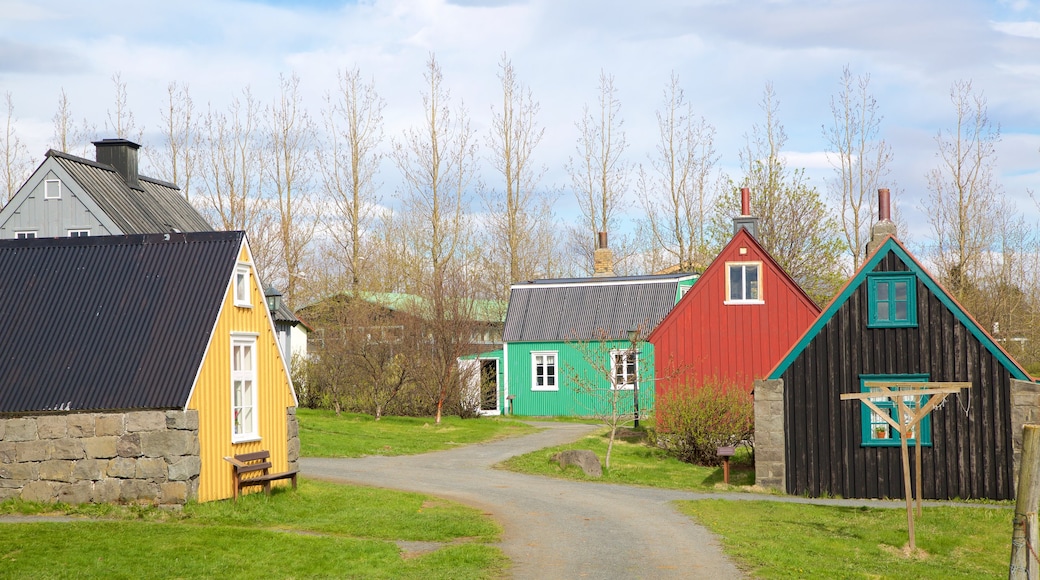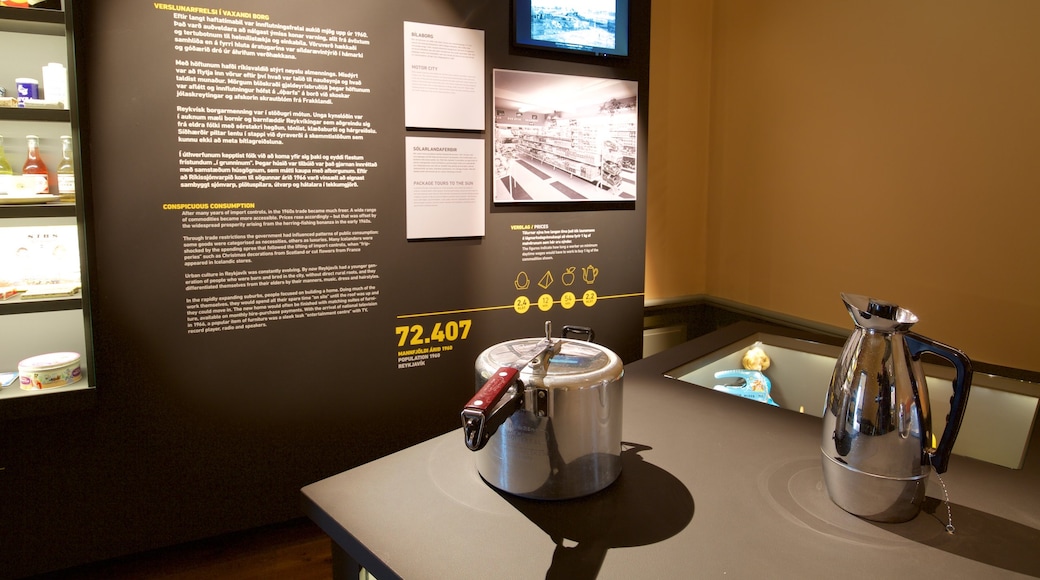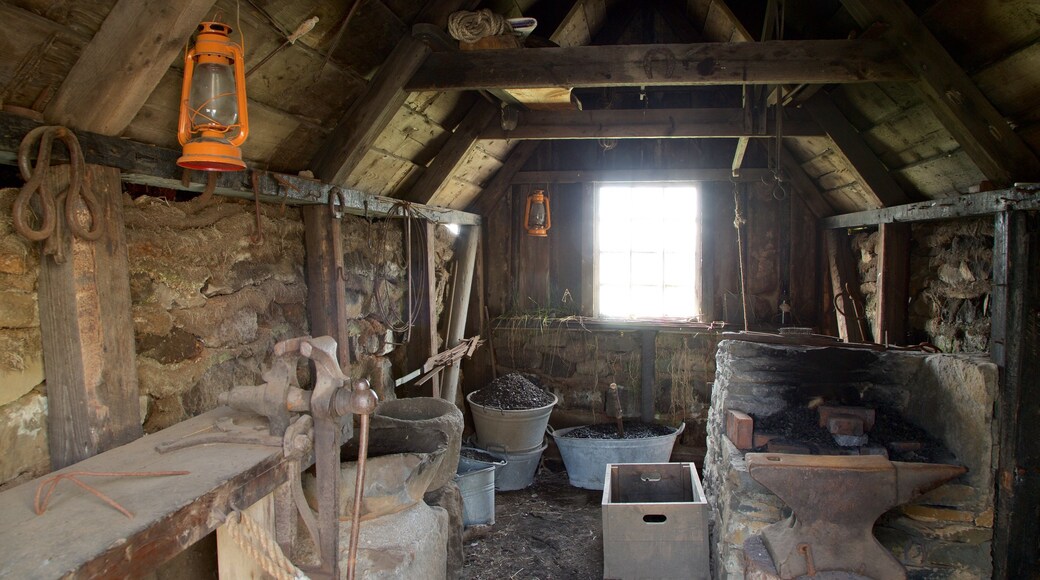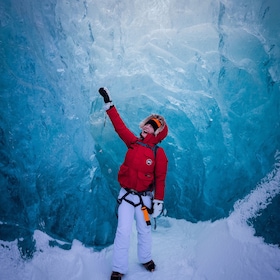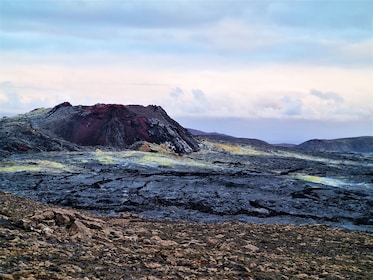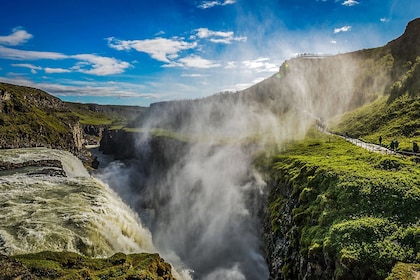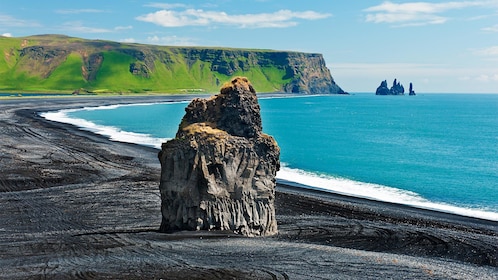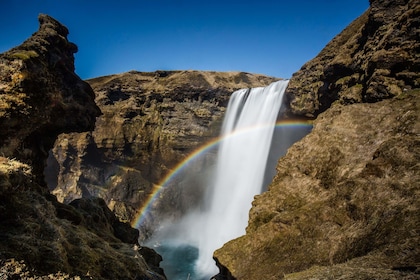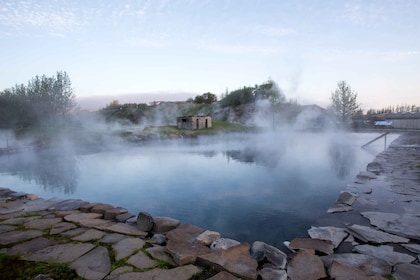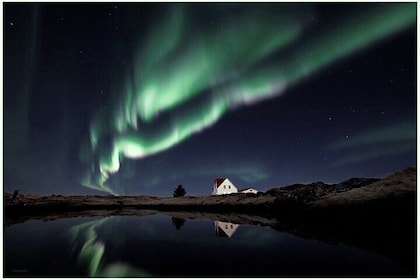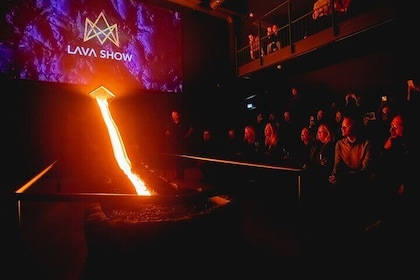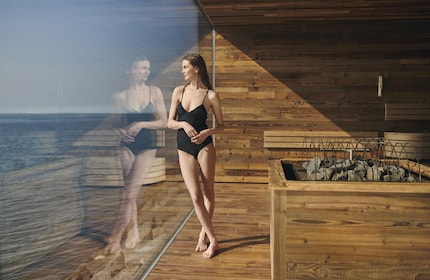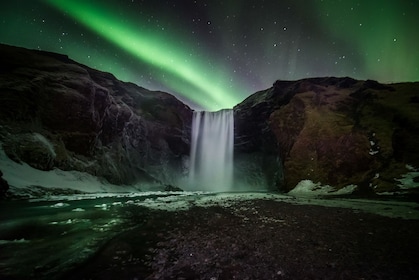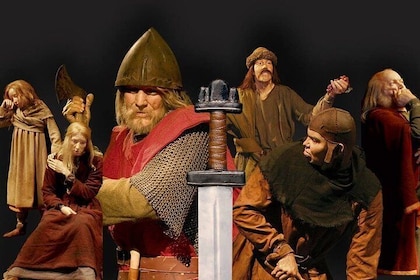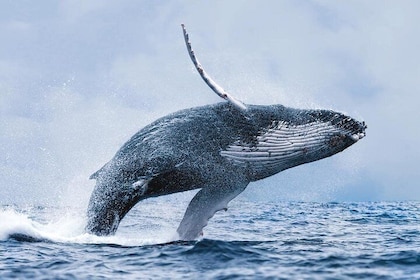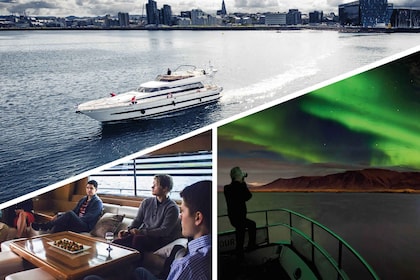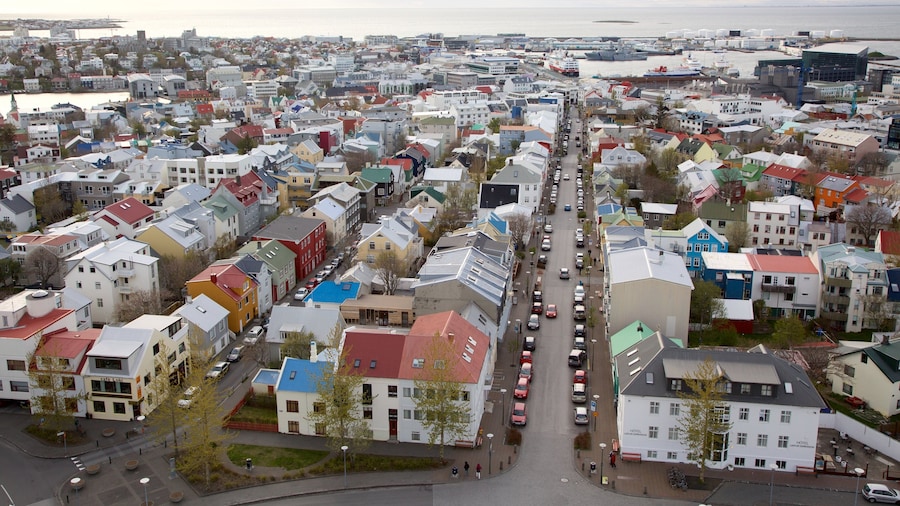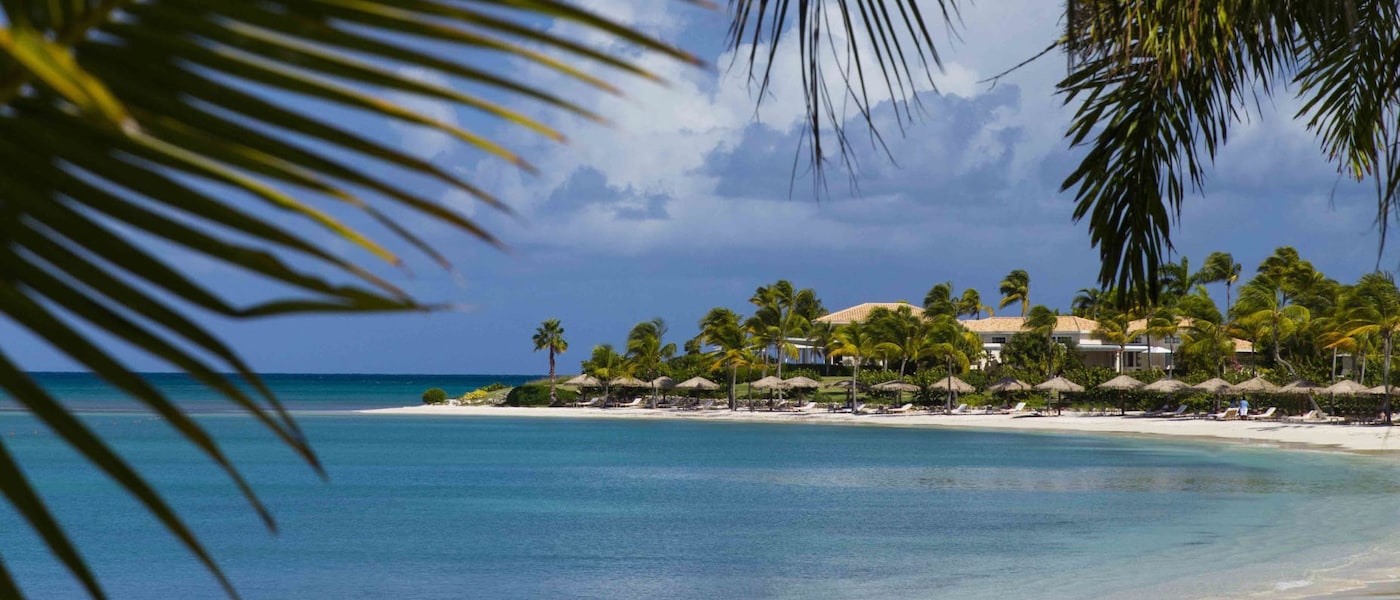19th-century Reykjavík life is on display at the Arbaejarsafn museum. Tour the collection of heritage buildings that once stood in Reykjavík and have now been preserved and arrayed in a small rural village. Buildings from both the early city centre and its agrarian outskirts are featured. The site also has a small farm, where you can witness the daily life of early Iceland in action.
Visit each of the antique houses spread around the village and walk through the rooms. A guide in period dress stands at each building, performing various tasks that were common in a bygone Iceland. Most guides speak English, and they are happy to answer any questions that come up. Ask how the buildings of the Arbaejarsafn were rescued most were slated for demolition before it was decided to preserve them.
Notice the eye-catching turf houses, which feature grass roofs. Once a very common building type throughout Iceland, these partially underground homes are highly eco-friendly. Tour the rest of the village to find a boathouse, a stable and a church.
A working farm can also be found on the Arbaejarsafn grounds. Kids will love petting the horses and sheep that graze on the long grass of the outer Reykjavík plain. Some of the farm animals roam throughout the village.
Drop by the museum café at the end of your visit. Try the pancakes, which are considered some of Reykjavík’s tastiest.
For the warm months between June and August, all of Arbaejarsafn’s houses are open to visitors. There are also special events, like an exhibition of vintage cars and a popular craft day. If you visit during the winter, you can only see the museum by guided tour.
Located 5 kilometres (3 miles) east of the Reykjavík city centre, Arbaejarsafn can be reached via city bus. This heritage village is a branch of the Reykjavík City Museum.

